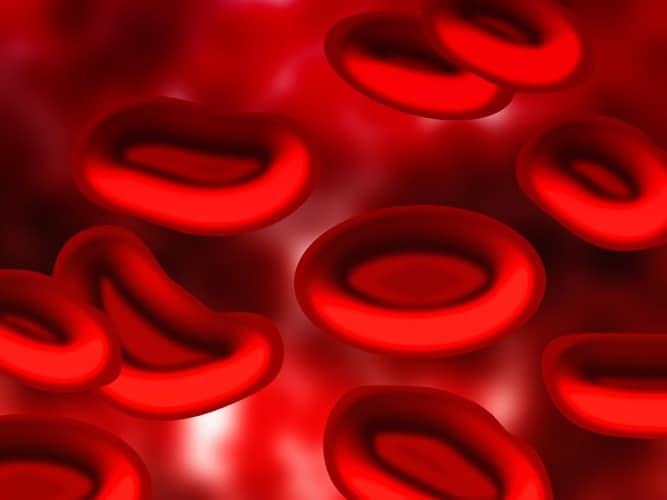Researchers from Canada’s University of Waterloo have developed a new system for monitoring the blood flow of patients without direct contact with the body
The technology, known as Coded Hemodynamic Imaging, is described in Nature’s Scientific Reports. Based on a technique called transmittance photoplethysmographic imaging, the system monitors multiple arterial points simultaneously, providing an overall picture of blood flow.

"Traditional systems in wide use now take one blood-pulse reading at one spot on the body,” said Robert Amelard, a PhD candidate in systems design engineering at Waterloo.
“This device acts like many virtual sensors that measure blood-flow behaviour on various parts of the body. The device relays measurements from all of these pulse points to a computer for continuous monitoring. By way of comparison, think of measuring the traffic flow across an entire city rather than through one intersection."
According to the Waterloo team, the non-invasive nature of the system makes it suitable for patients with painful burns, highly contagious diseases, or for neonatal infants whose small fingers can make traditional monitoring difficult.
With data being collected continuously at multiple points, the researchers say the new device provides a more complete picture of what's happening in the body, and brings potential for greater medical insight. The system can also be used to monitor more than one person, opening up the possibility for triage applications where numerous injuries need to be assessed.
"Since the device can also scan multiple patients individually at once and from a distance, consider the potential in mass emergency scenarios or long-term care homes," said Alexander Wong, a professor at Waterloo’s Faculty of Engineering and Canada research chair in medical imaging systems.
"This technology provides for a more predictive approach to monitor vitals and the potential for its use is extensive, such as indicating arterial blockages that might otherwise go undetected, or warning older adults who risk falling as a result of getting dizzy when they stand."




Glasgow trial explores AR cues for autonomous road safety
They've ploughed into a few vulnerable road users in the past. Making that less likely will make it spectacularly easy to stop the traffic for...